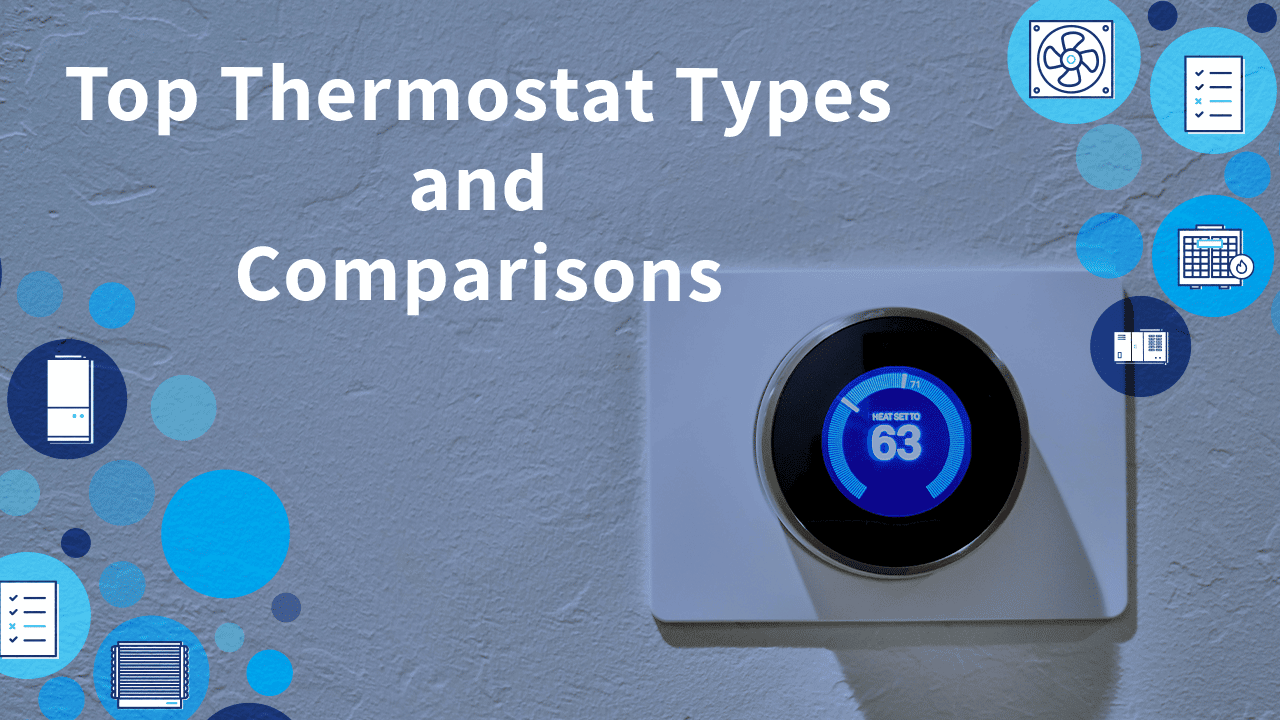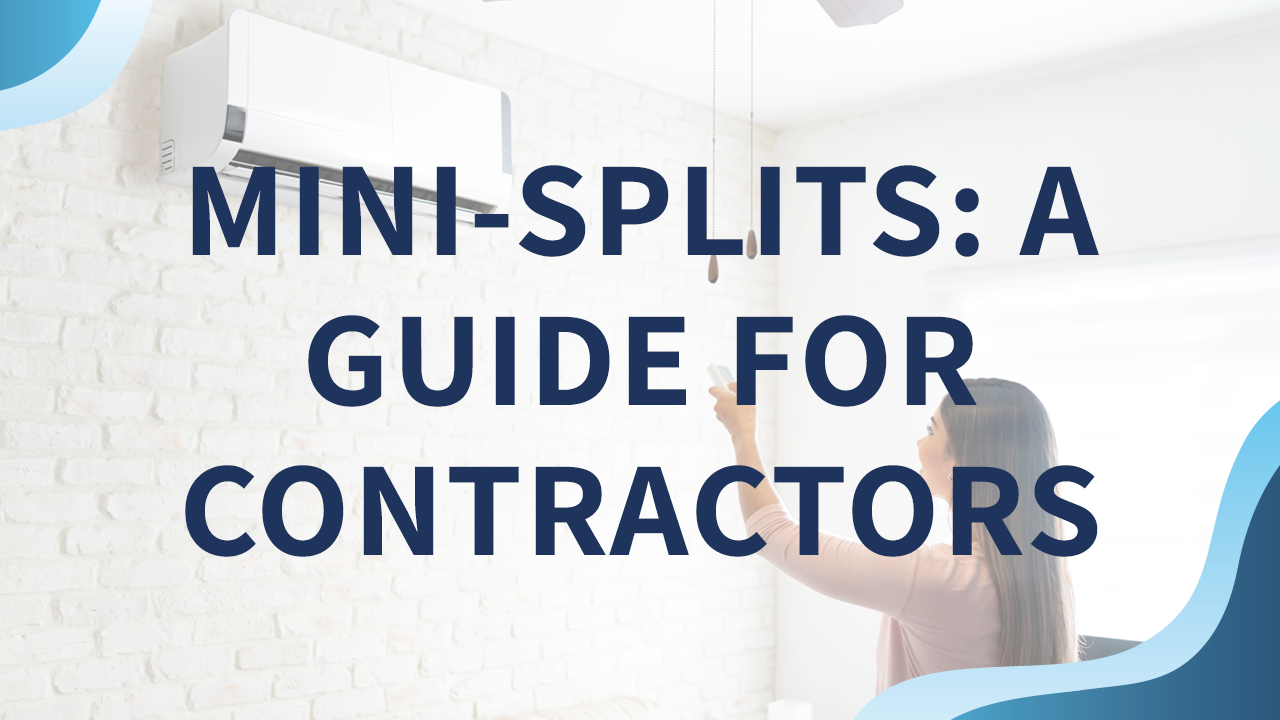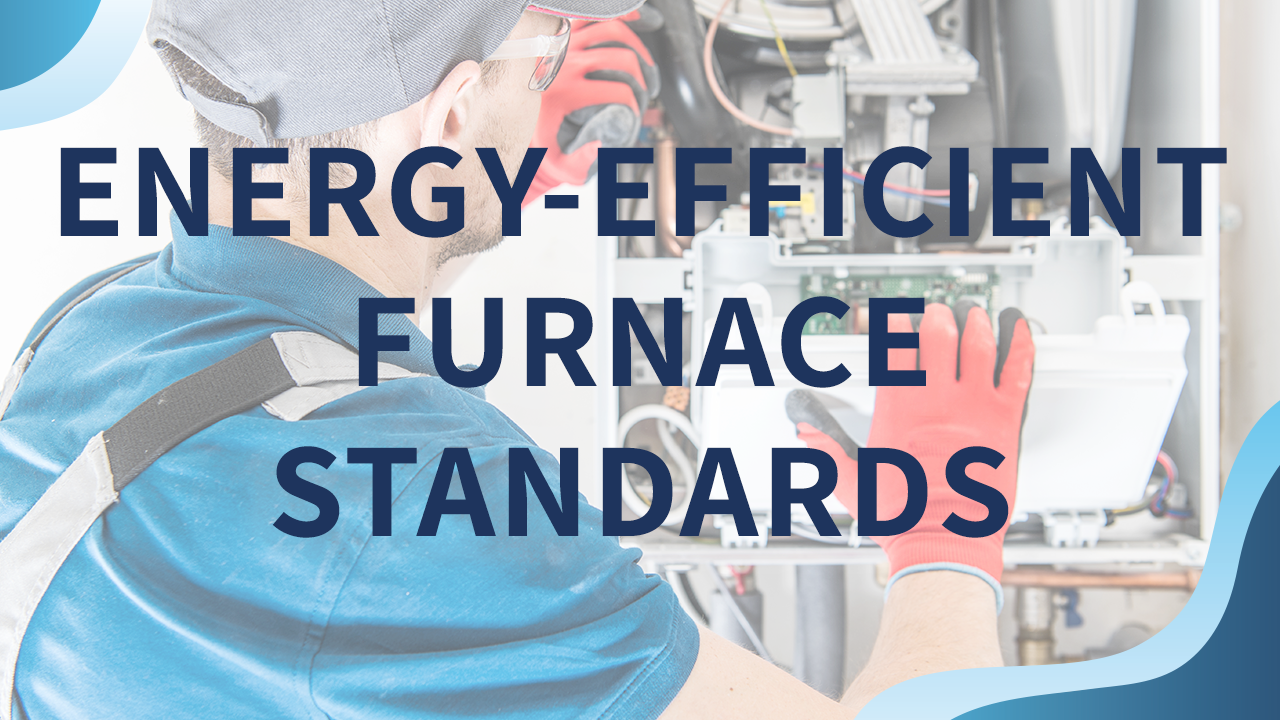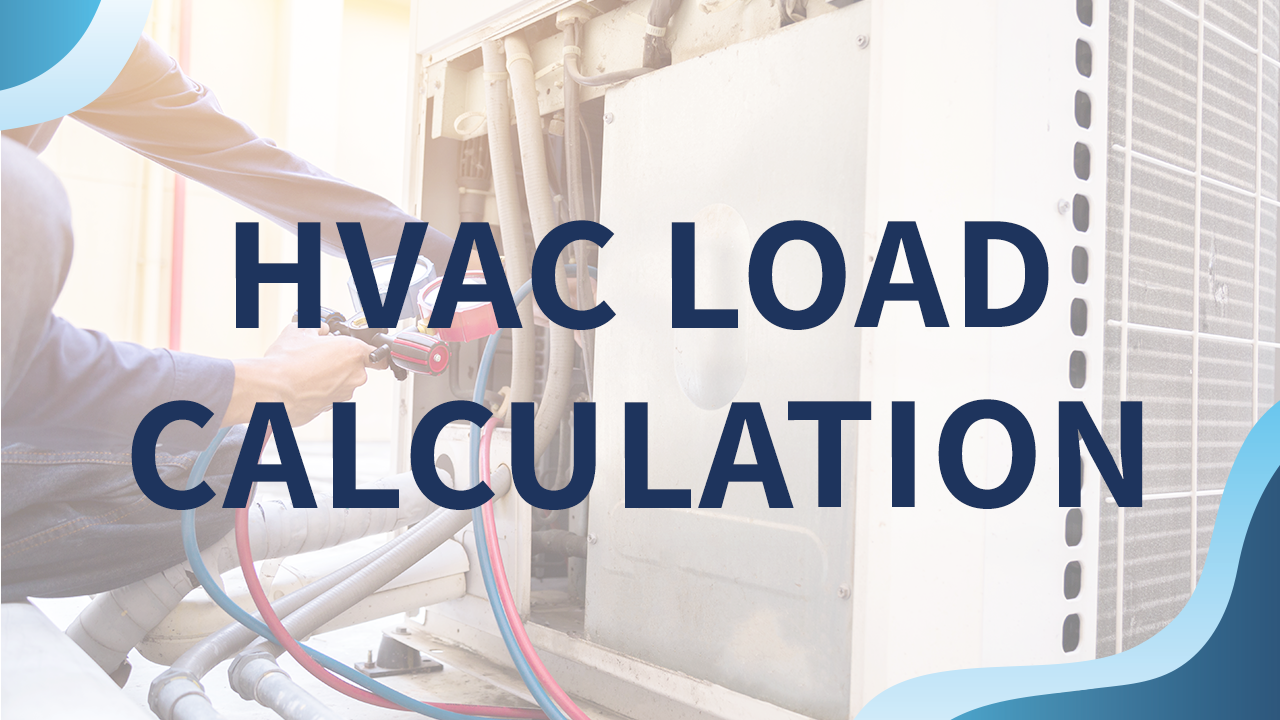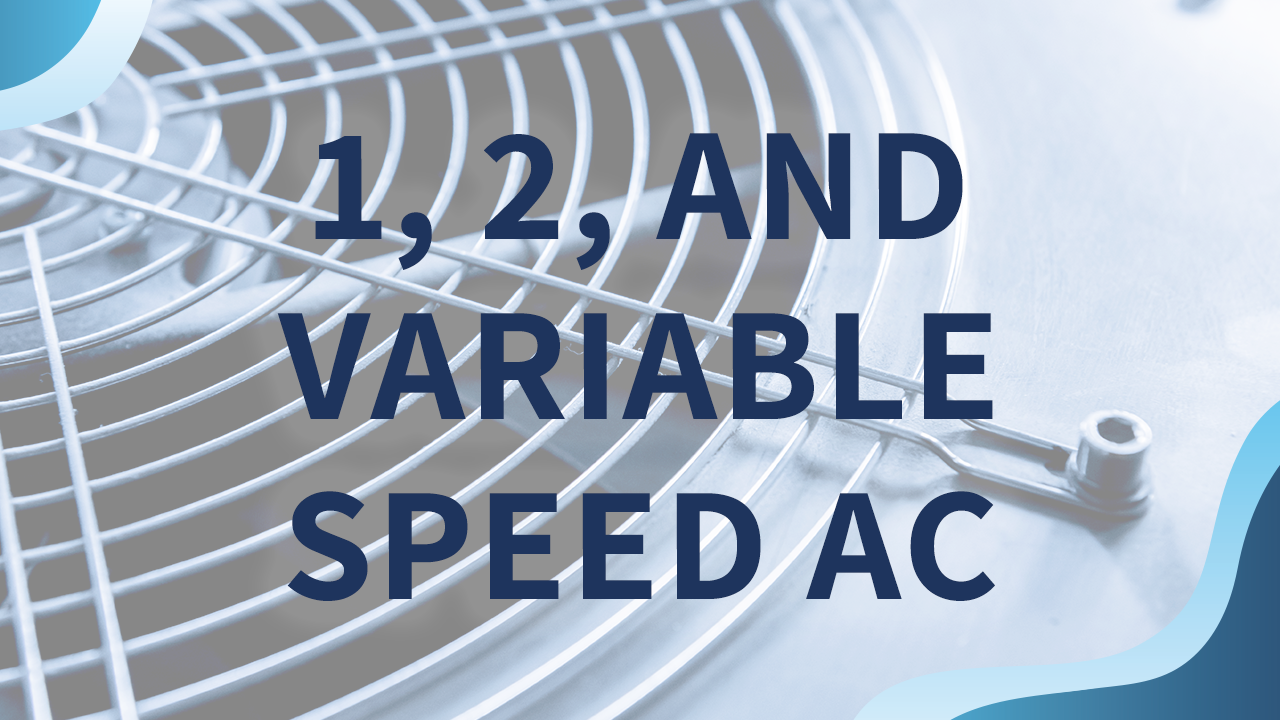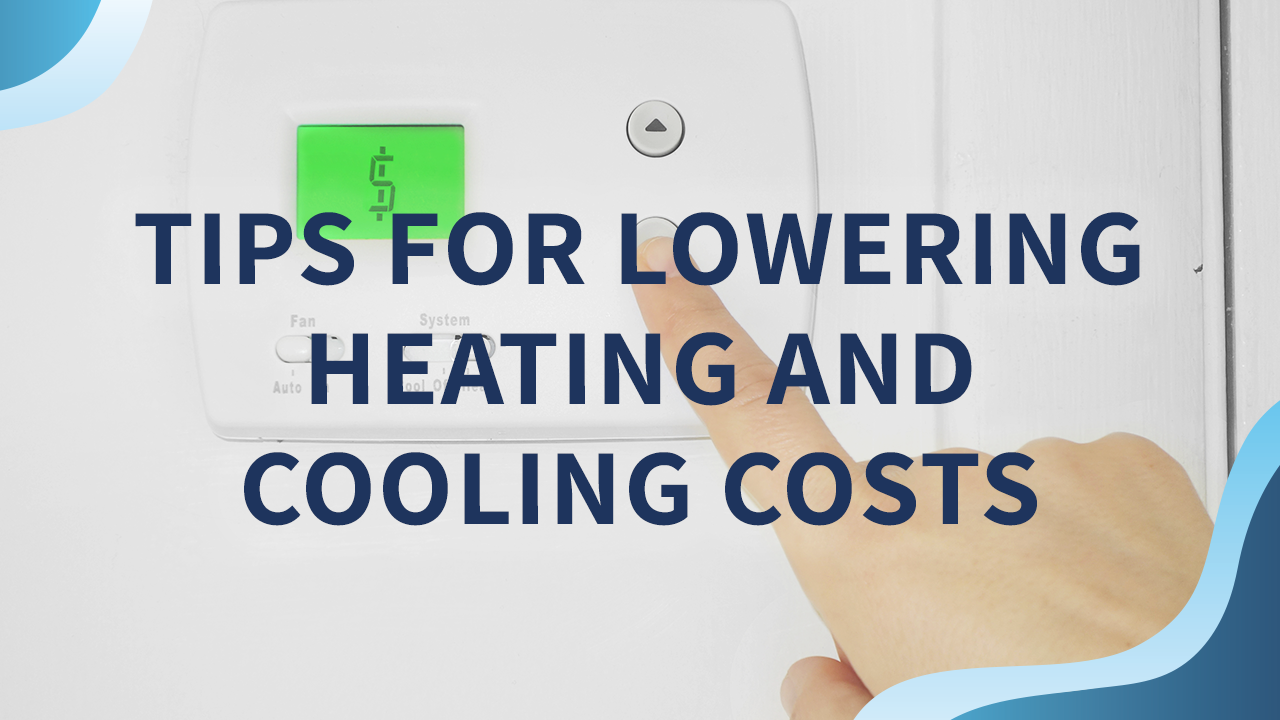Maintaining a comfortable temperature inside your home or office is essential for a pleasant living or working environment. With the ever-changing weather conditions, it’s vital to have a reliable HVAC system that can efficiently regulate indoor temperature. One critical component of any HVAC system is the thermostat, which allows you to control the temperature according to your preference.
Choosing the right thermostat for your HVAC system can be overwhelming, given the multitude of options available in the market. However, understanding the different types of thermostats and their features can help you make an informed decision. This article will explore the top thermostat types and comparisons to help you choose the best option for your home or office.
Motili, a leading HVAC services provider, has compiled this guide to help homeowners and business owners understand the various types of thermostats available and their benefits. From smart thermostats to programmable thermostats, we will examine each type in detail and compare their features, benefits, and drawbacks. Then, with Motili’s expert insights, you can select the ideal thermostat that fits your HVAC system and meets your unique temperature control needs.


Thermostat Types
The thermostat chosen for a property can impact the overall HVAC efficiency while influencing indoor comfort levels. Therefore, before selecting the best thermostat for your home, apartment, or business, it’s essential to understand the available options. Specifically, there are four basic types of modern thermostats, including:
- Non-programmable thermostats – Considered a traditional thermostat, a non-programmable thermostat is adjusted manually to select the occupant’s temperature preference. A non-programmable thermostat model is a good option for property owners who rarely away from home since manual adjustments are required to control the temperature of the indoor environment.
- Programmable thermostats – Property owners can pre-program a programmable thermostat to adjust the temperature at night or while away from home. Many programmable thermostats feature daily and weekly settings, so property owners and occupants can determine the optimal home temperature based on their weekly comings and goings. In addition, by programming the HVAC to operate at more moderate levels while away from the property, homeowners can reduce the wear and tear on the unit while cutting energy bills and repair costs.
- Wi–Fi thermostats – As its name implies, a Wi-Fi thermostat connects to a wireless network. Users can then access the web via their smartphones, computers, or tablets to remotely control the thermostat’s temperature, making Wi-Fi thermostats programmable thermostats. The type of thermostat provides extra convenience for HVAC operators since they can override a preprogrammed temperature setting if they plan to return home early. In addition, a Wi-Fi thermostat is ideal for property owners who want complete control over their home’s temperature settings, even when they’re away.
- Smart thermostats – An intelligent thermostat represents the ultimate technology available to control the comfort of a home. These devices easily integrate with other home automation tools and equipment, and they even learn the property occupants’ living habits to adjust temperatures accordingly automatically. As the intelligent thermostat recognizes patterns, it stores the information to control the heating and cooling of the property most effectively and efficiently. Some smart thermostats even feature voice controls compatible with Google Assistant or Amazon Alexa. Smart thermostats are ideal for tech-savvy property owners who want superior indoor comfort.


Choosing a Thermostat
What factors must a property owner consider when choosing the best thermostat option to control their HVAC services? While it can be a difficult decision, the following factors should help narrow down the choices:
- Consider available thermostat features – Do you want a simple thermostat that doesn’t connect to other technology? Or are you more interested in a voice-controlled thermostat or accessing it from a mobile app? Do you want complete control over your thermostat, or would you prefer one that learns your habits and adjusts the temperature settings for you? Before shopping for thermostats, it’s essential to determine what type and features most interest you.
- Consider HVAC compatibility – While most thermostat models are compatible with standard heating and cooling systems, checking the packaging for exceptions is essential. Particularly when shopping for smart thermostats, it’s critical to determine if the model supports your HVAC system. Those with separate heating and cooling systems might even need to install a separate thermostat for each system or each heating and cooling zone.
- Understand your wiring – Open your existing thermostat to see what kind of wiring you have. While most non-connected programmable thermostats will work with as few as two low-voltage wires, many newer thermostats require a standard wire, or C-wire, which provides continuous power for Wi-Fi, displays, and other technology. If unsure about your wiring, it’s best to consult an HVAC technician.
- What is your home’s aesthetics? – Because your thermostat is a feature that likely will be on your home’s wall for a decade or longer, most homeowners want a model that looks good with their décor. Modern thermostats come in various shapes and styles, from a classic round model to a futuristic glass style. Some models boast large displays, while others have a more conventional appearance. The options are plentiful, so a property owner needs to choose one that looks best in their home.


Best Thermostat Comparisons
What model of thermostat best suits your HVAC needs? With such an array of options, it can take time to choose. Before you hit the stores, consider the details about the following top thermostats on the market today:
Ecobee with Voice Control Thermostat
Using the Ecobee Smart Thermostat, users can save 26% annually on heating and cooling costs. The thermostat features Amazon Alexa voice control and a separate sensor for monitoring the temperature in a specific room. With its innovative design, the thermostat can be controlled through its touchscreen, with Amazon Alexa’s voice assistant, or by connecting to a mobile app. Consumers love the thermostat’s sleek and versatile design. At the same time, they appreciate the model’s energy consumption tracking and geofencing features that allow it to detect when the home is occupied and adjust the temperature accordingly. The thermostat even can sense and regulate indoor humidity levels.
Google Nest Learning Thermostat
Google’s third-generation learning thermostat features some of the most advanced functionalities available in a modern thermostat. It includes automatic temperature adjustments, energy-saving technology, and voice control capabilities. Users can control the Google Nest Learning Thermostat by twisting its body, speaking to Amazon Alexa or Google Home Assistant, or connecting to a mobile app. The intelligent design has multiple metallic finishes, and a 2-year warranty protects it. In addition, the Energy Star-certified thermostat offers auto-scheduling based on its learning, and it also sends and receives alerts, reminders, and notifications.
Emerson Sensi Touch Wi-Fi Smart Thermostat
Users save money by purchasing the affordable Emerson Sensi Wi-Fi Smart Thermostat, and the model even promises savings of 23% less HVAC energy. The model is also easy to install, with an estimated installation time of 30 minutes with or without a standard wire. The thermostat features an intelligent design, and users can control it by pressing buttons on the unit, using Amazon Alexa or Google Assistant, or accessing a mobile app. In addition, users can program a 7-day schedule, and the Energy Star-certified thermostat features alerts for extreme temperature and humidity changes.
Wyze Thermostat
The low-cost Wyze Thermostat is considered one of the best values for a smart thermostat. The model allows multiple users to share access to its controls, and it can detect when the home is unoccupied. While the thermostat has a rather plain aesthetic, it’s an excellent option for consumers seeking a straightforward smart thermostat with intuitive controls that are simple to install. While it’s available at a lower price, the thermostat model still boasts features like voice control, geofencing, and shared access.
Honeywell Pro Non-Programmable Digital Thermostat
They are looking for a basic, non-programmable thermostat to control the climate in your home. Honeywell’s Pro Non-Programmable Digital Thermostat features a backlit digital display for easy visibility and buttons for temperature control. The thermostat is a traditional, non-smart design, boasting an impressive 5-year warranty. Consumers who used this thermostat model were happy with its simple, manual temperature controls and accuracy. The thermostat also can be both hardwired and battery-powered.
Orbit Clear Comfort Programmable Thermostat
With its easy-to-read display and accurate temperature readings, the Orbit Clear Comfort Programmable Thermostat is another favorite among today’s homeowners. The thermostat model boasts a programming feature allowing users to set up to four temperature periods daily. The quality makes this thermostat more capable than a traditional thermostat without adding an intelligent thermostat’s complicated programming requirements. The thermostat is controlled by buttons on its body and features a one-year product warranty. Orbit Clear Comfort Programmable Thermostat users appreciate the simple controls and their easy installation.
